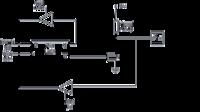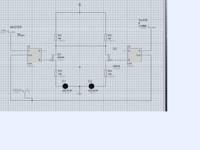thannara123
Advanced Member level 5
Hello ,
can i use a single port(P1.0) as input but some time output in the same program
please help me thanks in advance
can i use a single port(P1.0) as input but some time output in the same program
please help me thanks in advance


